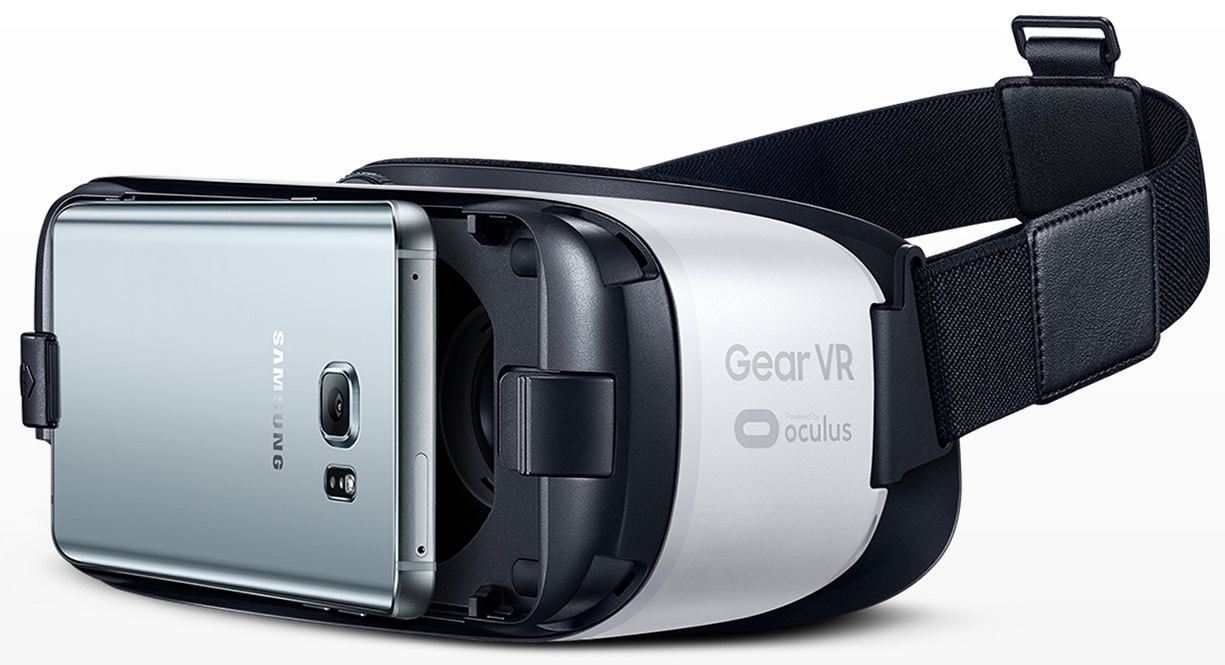Over the last year, I have written many times that I believe AR is the major technology that will gain the broadest acceptance by a consumer audience. Up to now, VR has mostly struck a chord with gamers and for use in vertical markets where it is used to visualize new designs in automobiles in a VR/3D environment, for mfg prototypes and numerous applications where VR solves a specific problem.
Even when Microsoft gave us Hololens, the major focus of their apps was education based, also considered a vertical market by many. It did have some games, and it got much attention as a mixed reality headset, but the emphasis was more VR than AR.
I have felt that AR or a form of mixed reality that skews more to AR functionality is the technology that would gain the most significant interest by consumers over time. I still think that AR can, with special glasses and an easy to use interface that includes voice and gestures, will become the technology that gains the most considerable market acceptance by consumers.
However, there are some developments in VR and especially consumer-focused VR headsets like the new Oculus Quest that was introduced last week, that suggests VR could become more of a consumer product over time. I am not sure it will gain a billion users as Mark Zuckerberg suggested last week at the Oculus Developer conference though.
For the past two months, I have spent much time with two VR headsets. The DayDream based model from Lenovo called the Mirage and the Oculus Go. These headsets are stand-alone VR headsets and cannot be used for AR or as mixed reality headsets. They are relatively low powered devices but can deliver a broad 3D/VR experience with low-quality video resolution. When I first started using them, I was not sure what to expect. At the moment, the VR and 3D content are very limited. While the 3D games are fun and I enjoy some of the nature documentaries, I find myself using it more in a 2D mode and watch things like Facebook videos, Netflix, Hulu and other content in which you can view these videos as if you are sitting in front of a big movie screen theatre.
I was over at the Oculus Developer conference last week and was pleasantly surprised to see how many thousands of developers came to this event and seemed to be willing to create content for the Oculus platform. More importantly, they are genuinely excited about the Oculus Quest given that its $399 price point will make it more consumer friendly. However, keep in mind, this is a closed headset for VR and cannot be used as a mixed reality headset. However, if an immersive VR experience is what one wants and developers support it with thousands of true VR apps, this headset could be a big hit.
I also spent some time in a private suite while at the developer’s conference looking at an app in the works on a Magic Leap headset. Although Magic Leap is way too expensive for consumers, it is clear that its approach to bringing VR and AR or mixed reality to the market could be the better way to get consumers to adopt this important new technology in the future. In fact, should Magic Leap ever get into consumer pricing ranges, its potential could be huge.
Watching how the Oculus Quest performs when it comes to market next year will be important to watch. It will need thousands of apps that really gain the interest of consumers for it to gain a broad audience even at $399. While I do think VR headsets like the Oculus Quest has potential, I just don’t see dedicated VR headsets and VR specific applications being what gains the most significant consumer audience compared to what I believe AR or mixed reality headsets can in the future.
These dedicated VR headsets seem more like appointment based products. I would use them for virtual room meetings with friends, for educational purposes, VR and 3D movies, etc. But I would not wear them when walking around as you might with AR or mixed reality glasses. That is why you have not heard Apple talk about VR. Their focus is on AR and its potential mass market appeal. I believe Apple will enter the AR glasses market and tie it to their overall ecosystem of products and services and ultimately be the one which defines how AR gets adopted.
After looking at the Oculus Quest and seeing thousands of developers willing to support it, and expecting Google and their partners to create a Daydream competitor at this same price point and functional level, VR could gain broader consumer interest well beyond its acceptance in vertical markets today. I just don’t believe it will get a billion users to buy in. The majority of users who adopt AR/VR via mixed reality or dedicated AR glasses will come from a headset that can be worn anytime and anywhere and deliver AR and VR lite applications that enhance real-world experiences, not one’s just isolated to viewing from a fixed headset designed more for appointment based applications.

Great information shared.. really enjoyed reading this post thank you author for sharing this post .. appreciated
Superb post however I was wanting to know if you could write a litte more on this topic? I’d be very grateful if you could elaborate a little bit more.
Great website. Lots of useful information here. I look forward to the continuation.